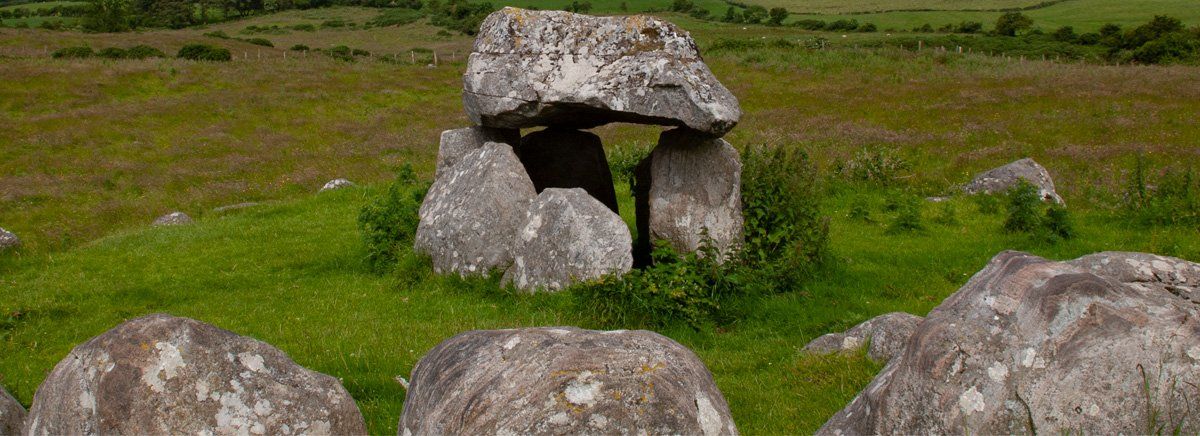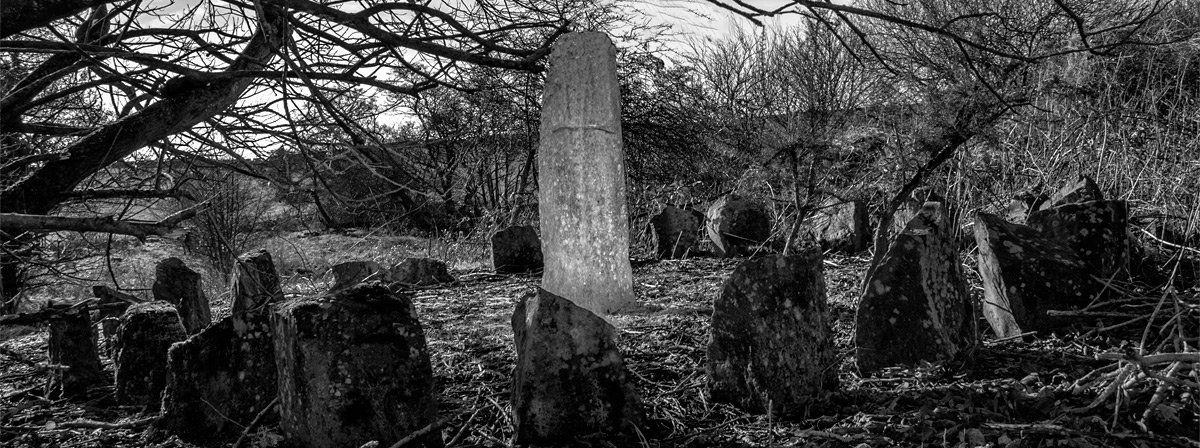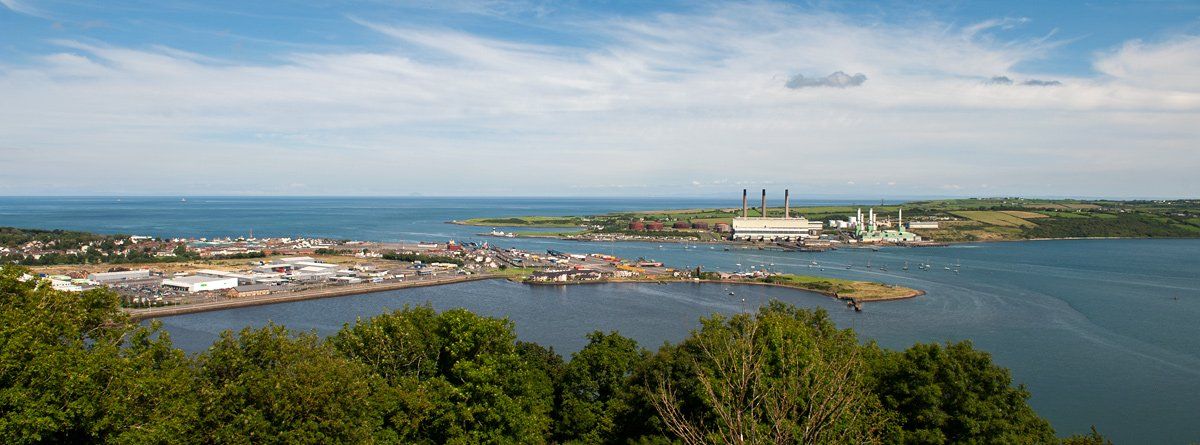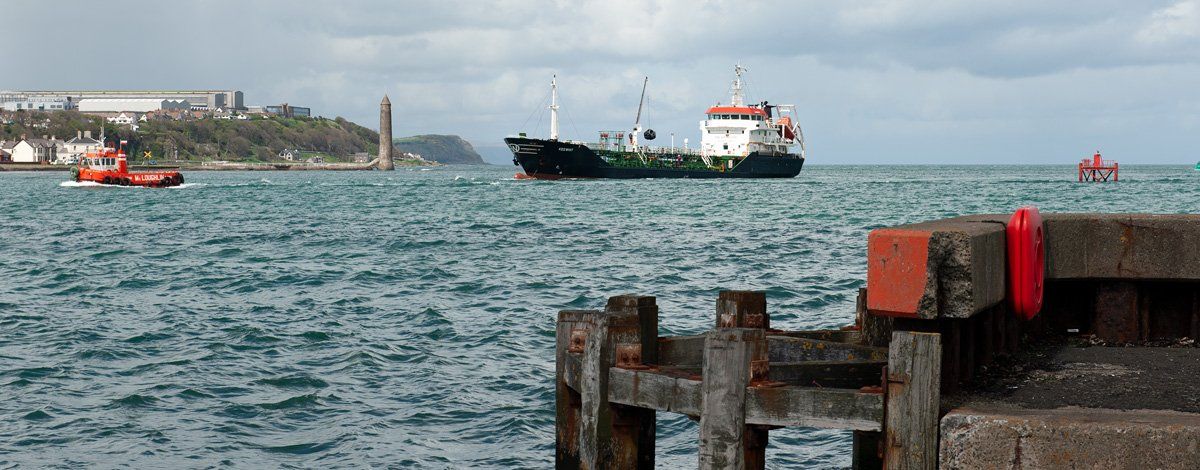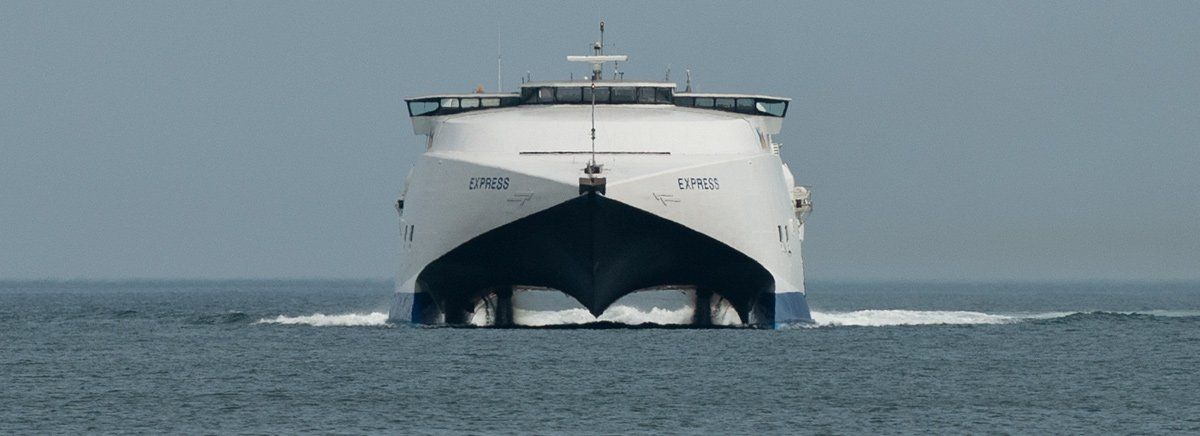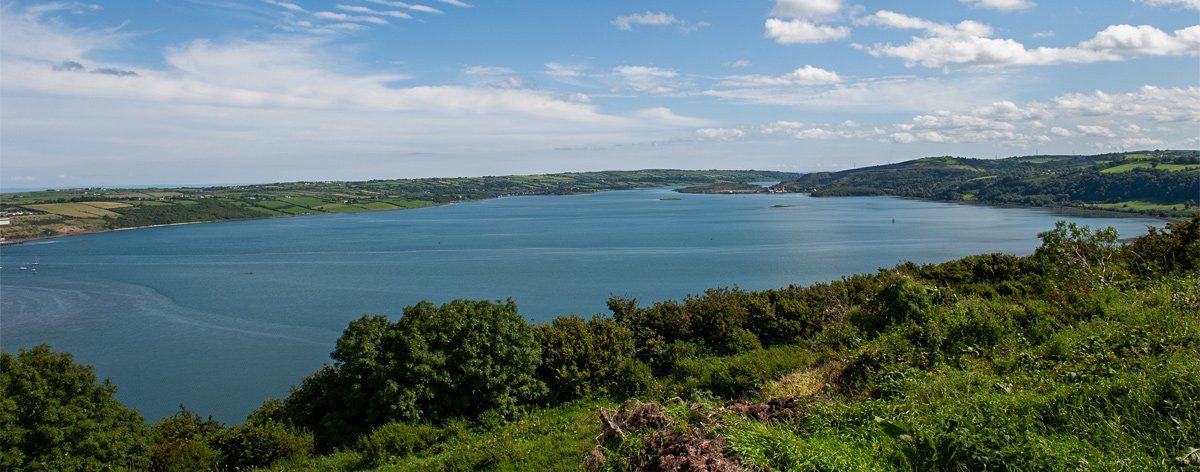Larne History
Larne History
Recent archaeology at Curran Point which is a raised beach area has revealed thousands of flint artefacts from the Mesolithic period, combine this with the wealth of ancient artefacts in the surrounding landscape and Islandmagee reaffirms the early settlement of the area. One remarkable record from ancient history links to the Greek astronomer and geographer Ptolemy (85 - 165 AD), widely regarded as the father of geography he produced maps and on one of these showing Hibernia and Albion (Ireland and England), the north Antrim coast and Islandmagee (Larne) is identified. The Romans made a clear reference to Larne in 204AD when Portus Saxa (Place of the Stones) was identified by a Roman galley that had taken shelter during a storm. The Vikings also left their mark when they named the lough Wulsrichfjord and eventually Olderfleet, a part of modern Larne.
The Vikings raided and settled many parts of Ireland around 900 AD and must have settled or wintered here also knew Larne naming the lough 'Wulsrichefiord’ in the process. The ruin of Olderfleet Castle (Curran Castle) stands at Curran Point overlooking the short stretch of water to Islandmagee, the tower you see today dates to the 1500s, the site may have developed from a fortification built by the Vikings. The first stone castle was built here by the Bissett family who were granted rights by Henry III in the mid-1200s, the Bisset's held the lease of Islandmagee, later their lands came into the ownership of the MacDonnells through the marriage of Margery Bisset to a John Mór Tanister MacDonnell.
Edward the Bruce landed here in 1315 with 6,000 troops having been invited by the Irish Earls to become King of Ireland, he was welcomed by the Bisset's at Curran Castle (Olderfleet). In 1621 the castle and lands were granted to Arthur Chichester, the Lord Deputy of Ireland who was an instrumental player in the expansion and development of Belfast. Chichester is interred with his wife and child in St Nicholas Church, Carrickfergus. His brother, the governor of Carrickfergus was killed by the MacDonnells and is also interred in St Nicholas Church.
Well known as a good landing stage with an exceptionally sheltered lough and was used for trade across to Portpatrick and other destination, its full potential as a trading port was not realised until the 18th century when quays were built and trade started developing including the emigration trade to North America but it was not until the 19th century that things would start developing with the arrival of the railway. A lot of this early development is credited to James Chaine whom the Chaine Memorial pays tribute to, you can read more about this period under the menu item 'Chaine Memorial' and also under 'Emigration'.
If you ask anyone what Larne is famous for they will probably tell you the Roll-on/Roll-off ferry as this was one of the main links for passengers and trade to Northern Ireland and wider Ireland and still is. The beginning of this started after the war in 1948 when three converted tank landing ships were leased by the Transport Ferry Service owned by Frank Bustard. He had served as a Colonel during the war and realised the possibilities for these ships in a civilian role. The service ran to Preston and operated until 1973, a year later a new route opened to Cairnryan which had been developed as an ammunitions naval base during the Second World War, the opening of this route created the shortest sea crossing between Scotland and Ireland.
Today the port of Larne is a modern and growing hub for freight and passengers to and from Scotland and England, between 14 and 20 sailings come and go each day. A passenger ferry service used to operate across the short stretch of water to Ballylumford which was used by workers and local people, a tradition which is documented in the grants to Chichester in 1610. The exceptional lough is recognised as having wetlands of international importance and is a designated Ramsar site, as well as an Area of Special Scientific Interest (ASSI) which are under protection due to the unique nature of the wildlife.
All Rights Reserved | Art Ward
© 2024

